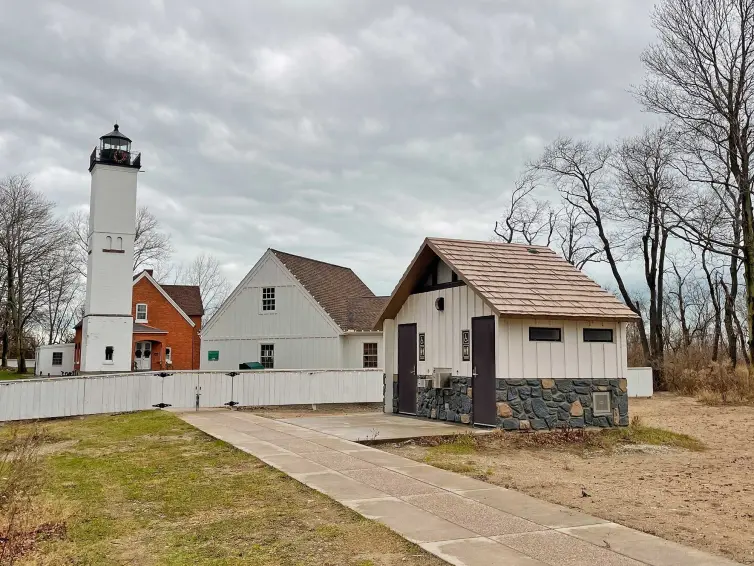Friction Management - Safer, Quieter, Easier Journeys
- Jun 10, 2013
- Friction Management
We are market leaders in friction management for the rail and transit markets. Researching innovative applications for our friction modifiers has led to new thinking about how to increase network asset life and reduce costly track maintenance. L.B. Foster Track Infrastructure’s Dr Christopher Hardwick explains.
This is an extract of an article first published in The Journal co-authored by Jay Benson, JB Rail
Switches and crossings are an integral part of rail infrastructure, which rail vehicles use to change from one track to another. As safety critical assets it’s vital they are well maintained and suffer minimal damage.
In general terms, a switch represents a location of a geometrical track deviation (compared with plain line). A vehicle responds to a track deviation with an angle of attack (AOA) at the leading wheelset of each bogie, resulting in the generation of lateral forces and possible flange contact.
Switch blades can suffer from plastic flow leading to fatigue (RCF) crack formation due to excessive flange contact in an area about 2-5m from the switch tip. Repair welding is required to repair defects. These costly repairs can only be repeated a number of times, leading to premature replacement of switch blades.
Nuneaton Cemetery Junction
A study was undertaken of a switch at Nuneaton Cemetery Junction where the switch life was significantly reduced due to fatigue failure approximately 2m from the tip. Between 2004 and 2012 the high-rail half-set has been replaced every 15-18 months, with intermediate weld repairs about every four months. It was clear from the initial observation of the defect that the lateral loading of the switch was excessive and that this was a fatigue issue.
Discussions within Network Rail revealed that this is a known issue at a number of sites and that it was thought to be a design issue with RT60/NR60 layouts. The damage issues normally arise when trains are travelling in the trailing direction. The radius of curvature reduces on the approach to the switch tip so the reduction in the angle of attack is insufficient to counteract the reduced cross sectional area of the switch rail resisting the lateral loads.
The increasing load caused by the contact forces between the wheel/flange and switch rail create a fatigue cycle leading to a horizontal failure approximately 15mm below the top of the switch rail. Once the crack has initiated, it grows horizontally and turns to the vertical at the end of the crack closest to the switch tip. The horizontal growth continues away from the switch tip until the top of the switch rail breaks off.
A permanent solution
L.B. Foster’s KELTRACK top of rail (TOR)friction modifier system was positioned to ensure that the friction modifiers covered the approach to WN572A so the steering of the wheelsets was optimised through the whole switch. Since installation WN572A was defect free for 26 months until after one month of no friction modifier application (four months in total where there had been no treatment since the new switch blade was installed), the first S/053 inspection Hazard 4 failure was reported. Since the repair was undertaken and the installation has been maintained there have been no further failures of Hazard types 1, 2 or 4.
The key benefit of using KELTRACK top of rail friction modifier at Nuneaton include:
the halt of the repeated failure of the equipment
net value savings of approximately £40,000
reduction in repairs including 650 per cent increase in asset life
switch life increase from 18 months to 11 years
less inspection time
fewer man hours on track
reduced delays
payback time estimated at 11 months.
Since the first installation, a number of other sites have been identified as having similar repair issues to Nuneaton and have been treated using KELTRACK TOR friction modifier. These are Crewe Coal Yard, Reading West Curve and Birmingham Proof House. As Network Rail moves from CP5 to CP6, with a greater focus on efficiency, TOR friction modifiers could be of benefit to the wider network. Nuneaton is demonstrating returns of £12,000 pa and Reading an estimated £100,00 pa.
Conclusion
KELTRACK TOR friction modifier system can give a significant improvement in the life of switches. It is expected that the improvement would be at least 650 per cent, as demonstrated at Nuneaton. This is achieved by reducing the angle of attack between the wheel and the rail through the switch so that the contact forces are greatly reduced or eliminated entirely.

